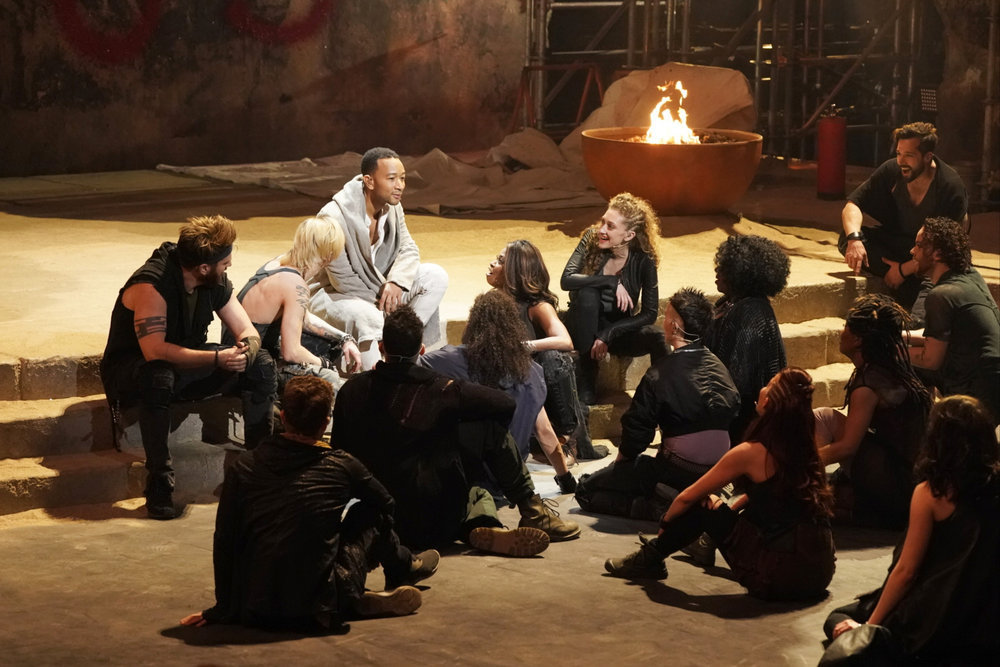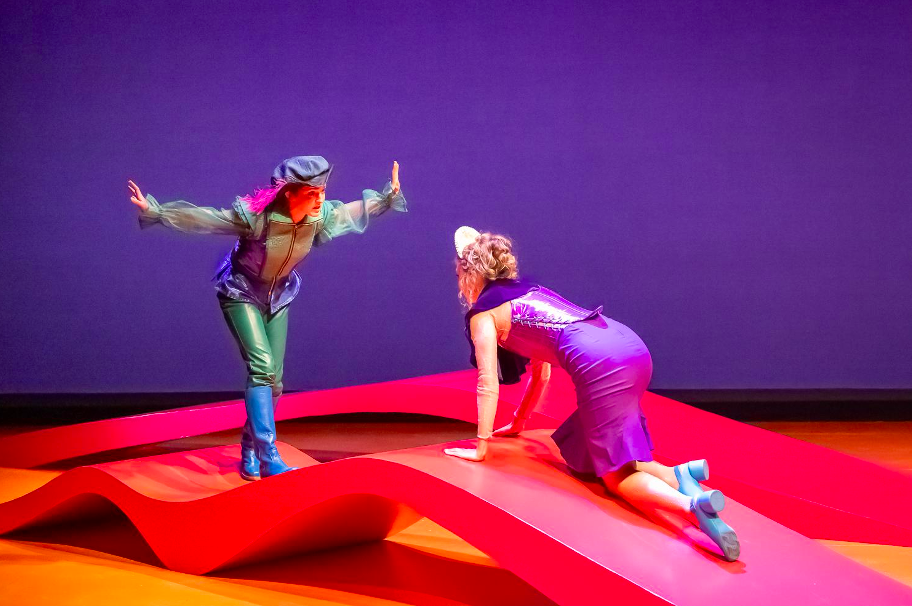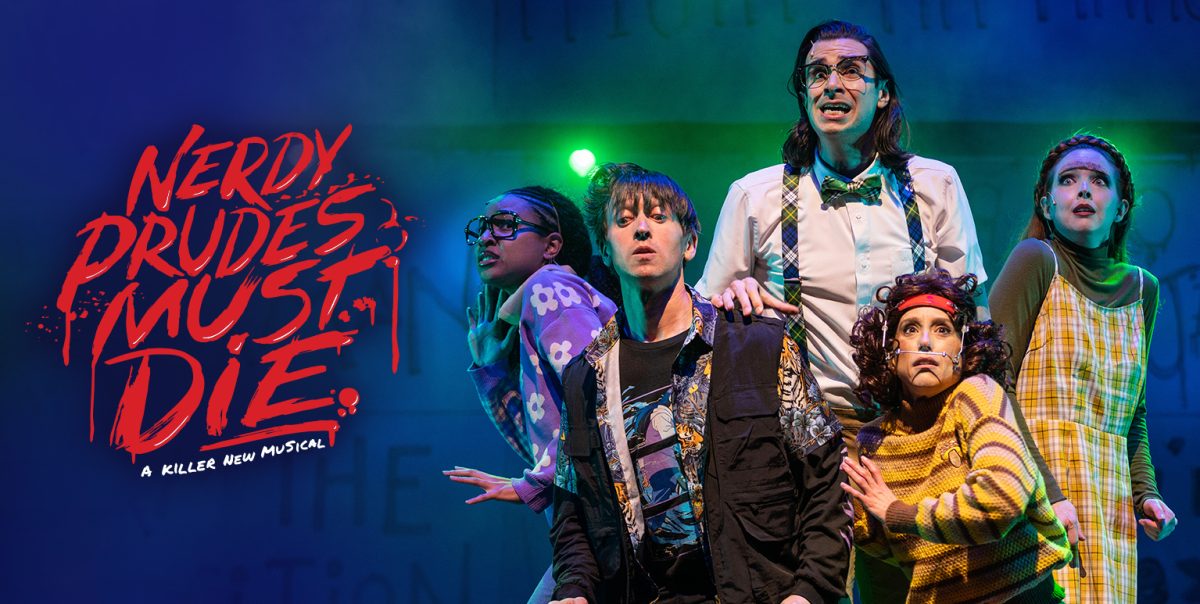Last Monday night, the national tour of “Cats” played one performance to a full house at the Mullins Center, which it most certainly deserved.
“Cats” has been a benchmark of musical theater since it came out in 1981 in London, for its writing, music, dance and design elements. Now, more than 30 years later, the tour continues to uphold that high standard.
When “Cats” was released nearly two decades ago, Andrew Lloyd Webber pioneered an alternative way of producing a musical score. Webber defied convention and composed his musical as an adaptation of “Old Possum’s Book of Practical Cats,” a children’s poetry collection by T.S. Eliot. The effect was a seamless integration of music and lyrics that challenged many of the preconceived notions of musical theater.
The cast of the North American tour group wowed the audience last Monday with their spectacular performance. While the perfectly blended voices of the group left audience members breathless, the solos of the lead characters clearly stole the show. The vocal standout of the night was Anastasia Lange as Grizabella, whose “Memory” is one of the closest to Betty Buckley’s world-renowned original rendition. Along with Lange, Adam Steiner excels vocally as the rock star Rum Tum Tugger, as does Aubrey Elson, whose bell-like soprano is perfect for the innocent kitten, Sillabub.
Unfortunately, the pit orchestra wilted in comparison to the outstanding vocal performances. Comprised of five pieces, the pit could not support the twists and turns of Lloyd Webber’s emotionally sweeping music. Though a touring production limits the size of the pit, more than five pieces are necessary to bring the music to its full potential.
The dancing consisted mostly of Gillian Lynne’s original choreography. The difficult, yet excellently executed dance is based on modern and jazz styles; however, the dance displayed a heavy tap, ballet and gymnastic influence. Every one of the dancers were exquisite in the ensemble pieces, particularly during the 10 minute, all-dance “Jellicle Ball.” However, there were several standout dancers, including Sarah Bumgarner as Victoria in several ballet solos, Chris Mackenthun as Mistoffelees who tackled some of the most difficult ballet turns and leaps, and Brian Bailey and Kristen Quartarone as the acrobatic twin thieves, Mungojerrie and Rumpelteazer.
Though “Cats” has frequently been criticized for its lack of plot, viewers should not fixate on this shortcoming as the production was never intended to offer much in the form of traditional storytelling. Rather, viewers should sit back and enjoy the incredible visual spectacle before them, the cat-like agility of the actors and the fantastic dancing that the show is known and loved for.
Erin Chupinsky, a veteran swing and assistant dance captain in the tour, said in an interview, “During [the] rehearsal process, we do felinity exercises. We do different improv activities to help us embody the characters. There’s certainly a process to becoming cats.”
Such efforts are evident in the show. There was not a moment when even one actor broke out of his or her “felinity,” as Chupinsky called it. They not only move like cats, but they also pick up the little nuances of cats, like ear scratching or nuzzling. On top of that, each actor added his own character to the mix. Mungojerrie and Rumpelteazer, the aforementioned thieves, were constantly causing some sort of trouble. The female characters swooned over Rum Tum Tugger, who loved every minute of it. The acting is always a challenge in the show, despite its minimal plot, because of both the process of becoming a cat while attempting to capture each individual character.
David Hershey did the original lighting design for “Cats,” though the playbill attributes the lighting adaptation to Rick Belzer. Regardless of the designer, the lighting display failed to create a mystical aura that matched the feeling of the play. Instead, the design was atrocious, as it utilized ridiculous shapes and colors that belonged more in a cheap three-ring circus rather than in this Tony Award-winning musical.
John Napier, the set and costume designer, created the visual elements in “Cats.” Neither position was a small task, considering both were regarded as revolutionary when the show first opened. Napier was challenged to enlarge an oversized junkyard to serve as the set for the actors-turned-cats. They hid out behind a large tire and escaped backstage through giant ovens, pipes and cars. A small tribute to Napier was evident in the decaying car’s license plate number, “NAP 11A.” The costumes certainly reflected the style of the early 1980s, when they were first designed. For most characters, costumes consisted of hand-painted and dyed spandex unitards, fur-covered shoulders, incredible fur-like wigs, jazz shoes, and in some cases, arm and/or leg warmers. Napier’s makeup designs were intricate and individualized. Though the costumes helped transform the humans into cats, the actors’ emotions were not overwhelmed by the elaborate makeup.
Napier’s biggest flaw in the set design, however, was the spaceship-like device that led to the Heavyside Lair, a sort of cat heaven. It looks like it could have come out of an incredibly cheesy combination of “Mars Attacks” and some type of 1960s cartoon. In stationary productions, a staircase is used, which, though still cheesy, is not nearly as nauseating as the cat-carrying UFO in this production.
It’s never too late to teach an old dog new tricks, however. For “Cats,” this may not be the most welcome anecdote, but it holds true. Though the show is almost 30 years old, it is certainly not too late for an update that would be warmly welcomed to this set piece.
“Cats has such a legacy … the famous tagline is ‘Now and Forever,’” Chupinsky said about this and other recreations.
If this performance matches what “Cats” has always been, then it is no surprise that it has been around for nearly 30 years. The musical was an incredible two-and-a-half hours of theatrical excellence.
Alissa Mesibov can be reached at [email protected].


















